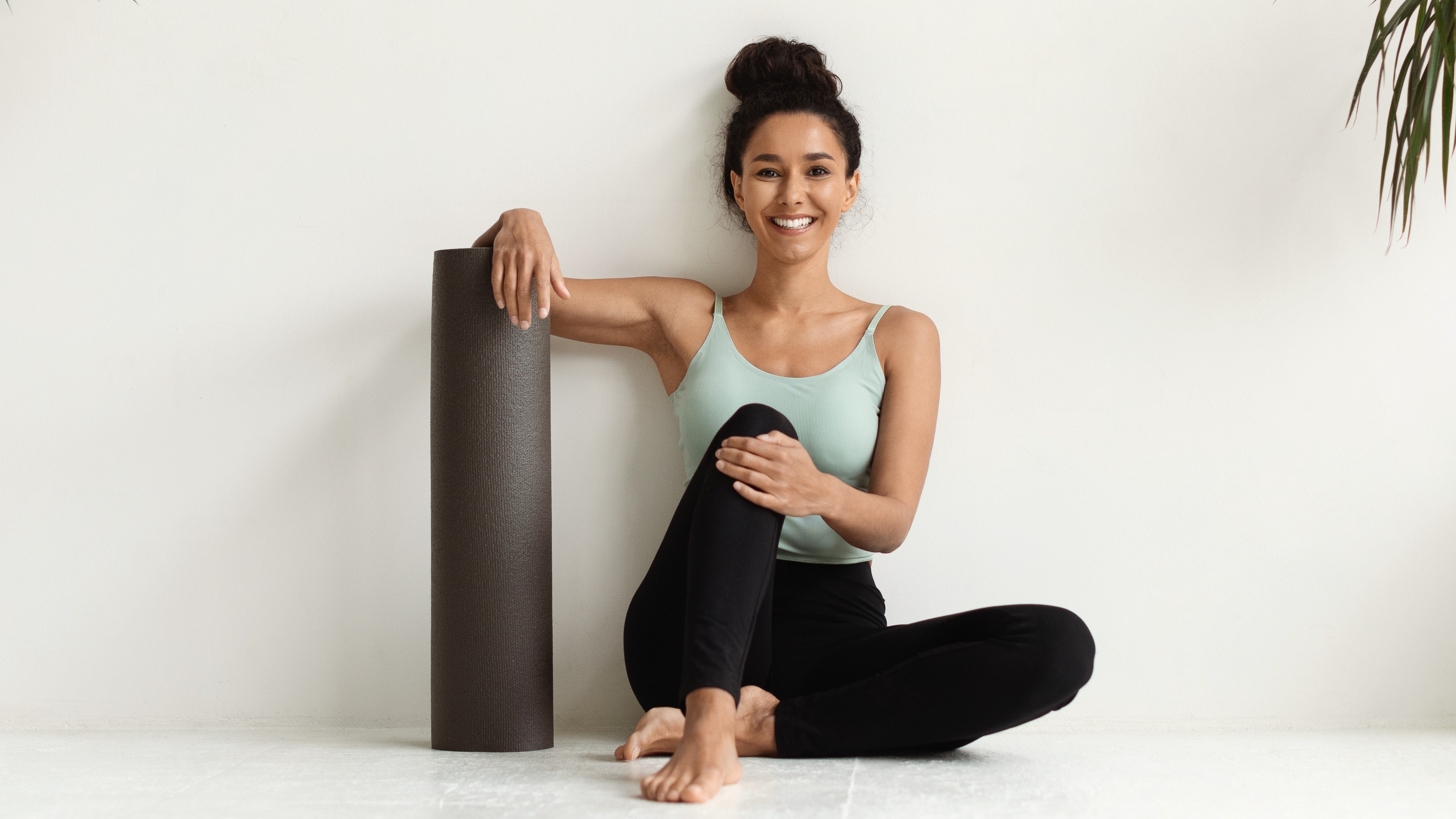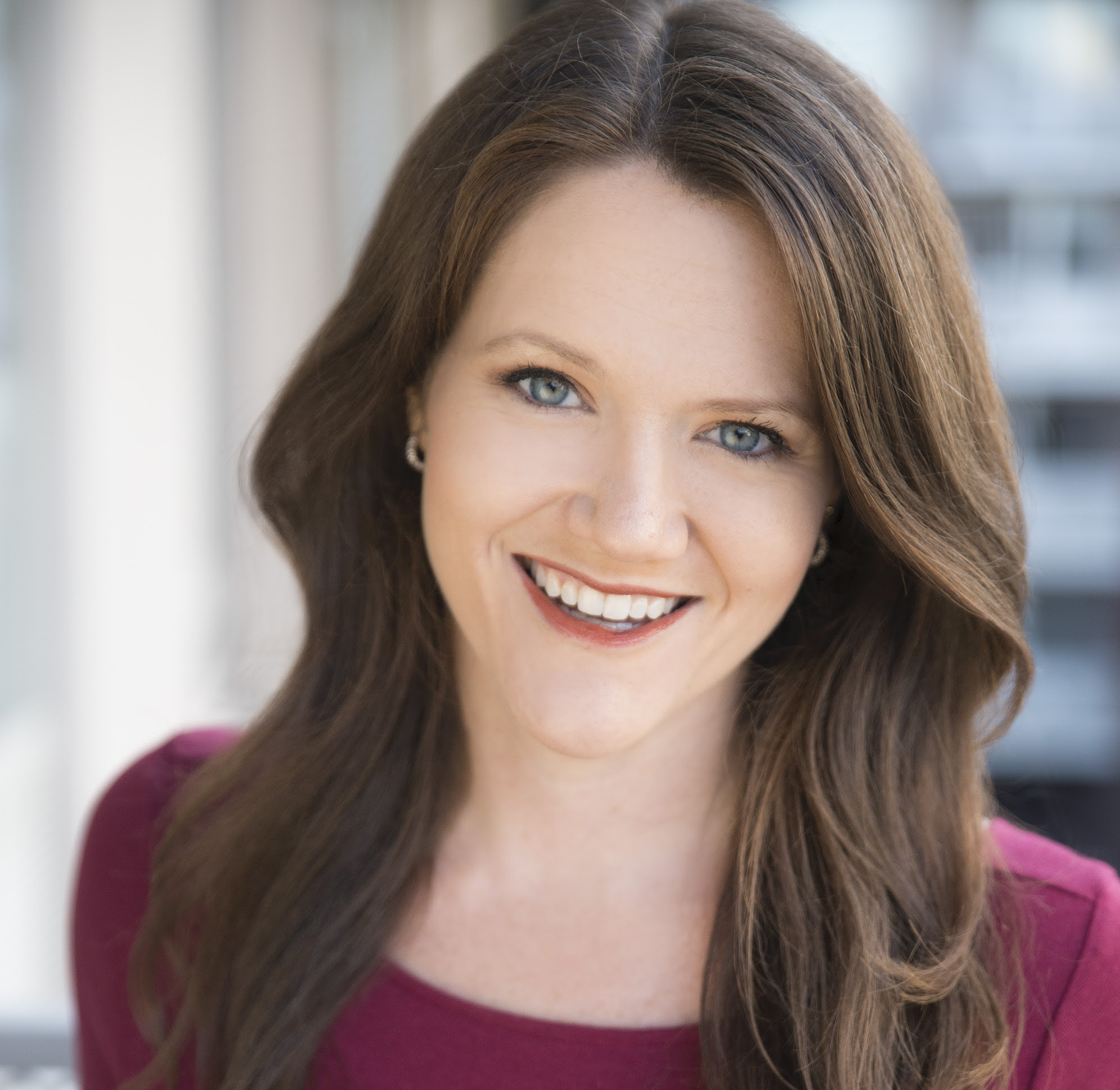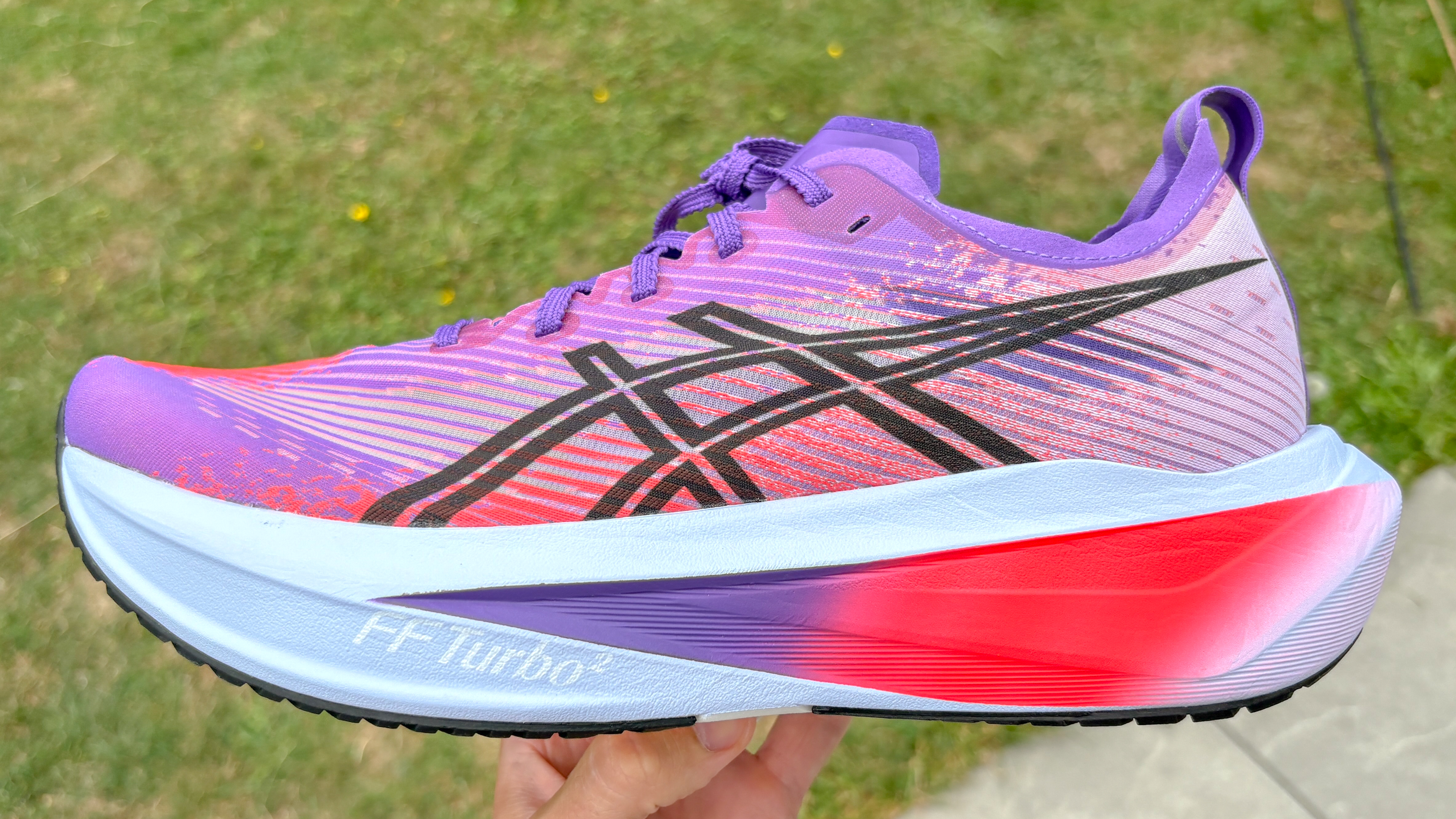I did this 28-day wall Pilates plan — here are my results
Want to give Pilates a try? All you need is a wall.

Pilates has long been heralded as a way to transform your body, in both appearance and strength. Until recently however, progressing beyond basic mat work has required access to pricey studios or even pricier equipment. Thankfully, wall Pilates is changing that.
I’d heard some rumblings about wall Pilates among my fellow personal trainer friends, but not being much of a Pilates devotee myself, I hadn’t tried it yet. I stumbled upon popular YouTuber Rachel’s Fit Pilates 28-day wall Pilates program, and decided that it was as good a time as any to give this growing trend a go. Here’s what I observed after four weeks against the wall.
If you’re a total Pilates novice, it would be a good idea to attend a live class with an experienced instructor before trying the moves on your own. As is the case with any exercise, correct form is crucial for reaping all of the benefits that Pilates has to offer.
What is Wall Pilates?
Developed by trainer Joseph Pilates during World War II, Pilates is a collection of exercises designed to connect the body and mind, develop core stability, and improve overall strength and flexibility. Most of the fundamental exercises are performed on the floor, while the more advanced movements incorporate apparatuses like the Reformer, Wunda Chair, High Chair, and Ladder Barrels.
Wall pilates utilizes a bare wall to perform variations of many popular Pilates exercises, which can increase the range of motion and difficulty of the movements. With the addition of just a bare wall, Pilates aficionados can up the ante in their workouts safely and effectively — without having to empty their wallets on costly Reformers or studio memberships.
What is the 28-day Wall Pilates plan?
Rachel Fit Pilates’ 28-day wall Pilates plan is a series of workouts ranging from 10 to around 30 minutes in length. Each workout has a different focus including glutes and abs, upper body, full body, and stretching. Days 7, 14, 21, and 28 are designated as rest days, but Rachel gives users the option to try their favorite workouts again, if desired. Most of the routines are repeated at least once in the 4-week course, and several incorporate the use of optional equipment (dumbbells, ankle weights, a pilates ball, and a loop band).
I did this 28-day Pilates wall plan — here are my results
Excited to try something new, I rolled out my mat, cleared away a spot on my living room wall, and pressed play for 28 days of wall Pilates. Here’s what I found.
Get instant access to breaking news, the hottest reviews, great deals and helpful tips.
It was a lot more challenging than I had anticipated
I have to admit, I’ve never thought Pilates was all that difficult — after a few lackluster mat workouts and a reformer class that I practically yawned my way through, I had written Pilates off as something I could do if I was sick or injured. So when Rachel started off Day 1’s workout by saying “Wall Pilates is harder than you think,” I laughed and thought, “yeah, sure it is.”
By the time I hit the five-minute mark during that first glutes and abs class, I was completely humbled. My glutes were on fire, my legs were visibly shaking, and my core was totally fatigued. I was shocked at how hard I had to work to keep good form and range, and my body definitely felt it the next day.
I tend to lift heavy and keep my reps relatively low, so all this endurance work was really hard (and apparently, very needed). While the workouts got more doable as the 28 days progressed, they always remained challenging. In fact, the only workouts that I didn’t find at least somewhat brutal were the upper body days — and even those I wouldn’t categorize as “easy.”
Some of the movements hurt my neck
There’s tons of core work in Pilates, which is great for developing strength and stability in your abdominal muscles. But since a lot of the exercises are done in spinal flexion (lying on your back with your head and shoulders lifted off the floor), I found that my neck got very tight, very quickly.
Rachel includes verbal cues like “look forward” and “don’t crunch the neck in” during several of the more intense ab workouts, which is generally helpful for keeping the core muscles properly activated to support the weight of your head and shoulders. Unfortunately, however, implementing these cues didn’t alleviate my neck tension. I had to modify most of the exercises by placing one hand behind the back of my head, which got a bit complicated when both of my arms were supposed to be reaching, circling, or pulsing.
My back pain decreased
After being diagnosed with degenerative discs in my lower back, my spine doctor suggested I look into Pilates as a way to mitigate the pain and stiffness I was feeling. I nodded, secretly ignoring his suggestion while planning my running route for the next morning.
Today, I’m officially apologizing to my doctor. The 28-day wall Pilates program did wonders for my back pain — more than meds, heating pads, or ice packs had ever been able to accomplish. Whether this was a result of all the targeted core work, the dedicated days to full body stretching, or a combination of both, my lower back felt better than it had in years. By the end of the 4 weeks, I was waking up each morning limber and pain-free.
It helped my performance during other athletic pursuits
My workouts are generally around an hour to an hour and a half, so I supplemented each day of wall Pilates with some cardio or additional light resistance training. On the off days, I’d complete my usual heavy lifting routine.
By week 3, I was noticing that my heavier lifting days were feeling a lot easier than they had at the start. Even my runs felt more comfortable and less taxing. This continued into the final week, and was enough to convince me that wall Pilates deserved a permanent place in my regimen.
The verdict? I love that Rachel’s 28-day wall Pilates program is relatively accessible, offers a few modifications for those who need them, and is compiled into shorter-duration videos that are easy to fit into a busy schedule. While the core exercises tended to aggravate my neck, and some of the movements felt a little awkward, I’ll definitely be coming back to wall Pilates on a more regular basis.
More from Tom's Guide
- Forget sit-ups — this abs-on-fire workout sculpts your core using just 4 exercises
- Here’s what an hour of Pilates can do for your body
- 9 best Pilates exercises that target your core for the ultimate burn

Jennifer Rizzuto is a freelance writer and certified personal trainer based in Long Island, NY. She covers various fitness-related topics and reviews for Tom's Guide. She also writes sketch comedy and short films, and performs frequently as an actor, singer, and improviser. When she's not writing, working out, or performing, you'll find her trying to convince her husband to get a dog.

